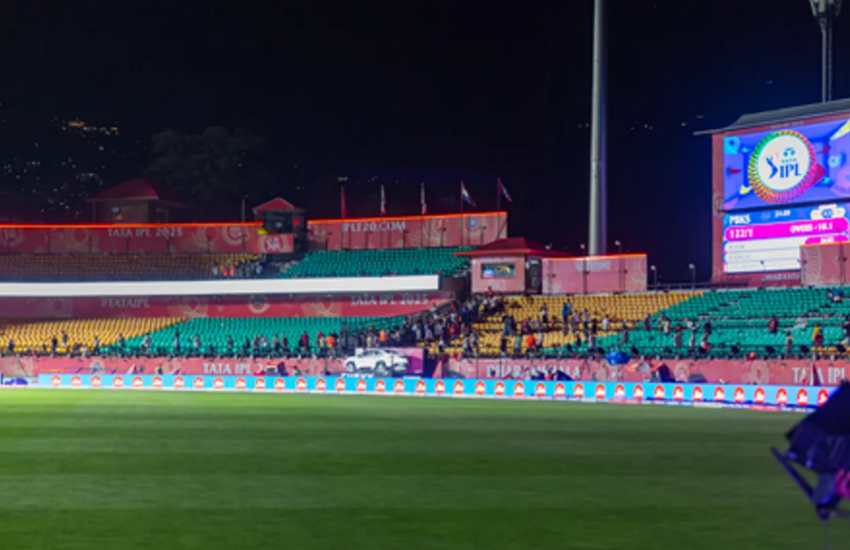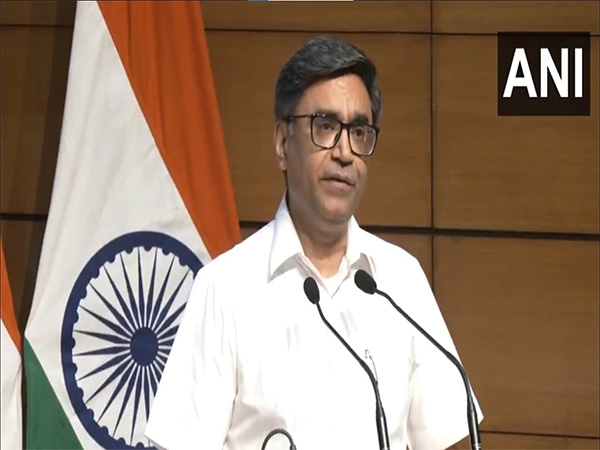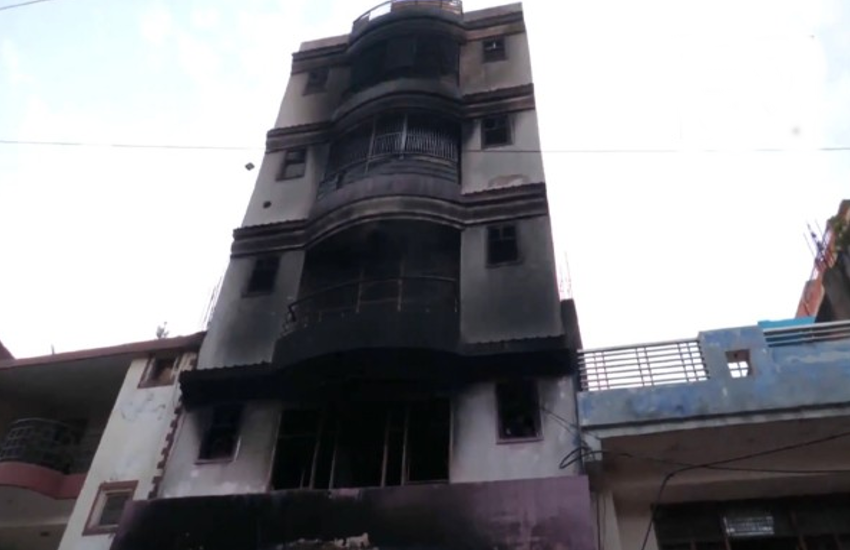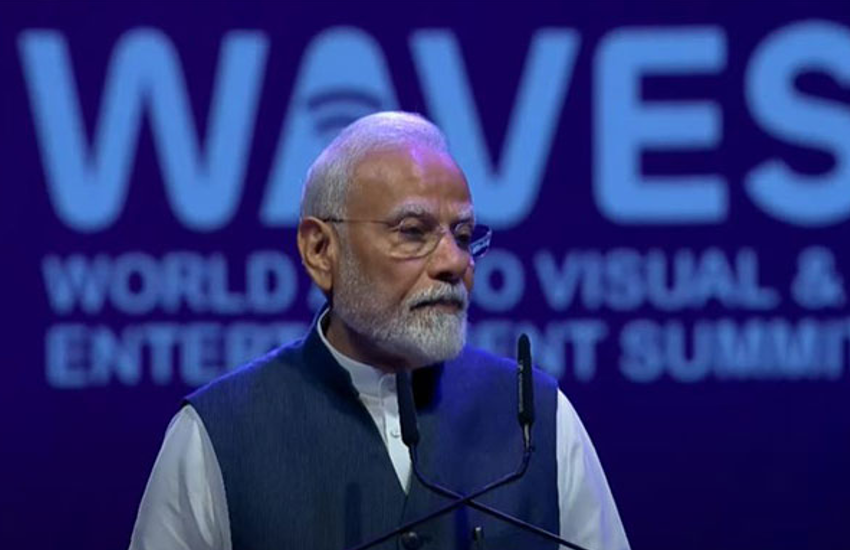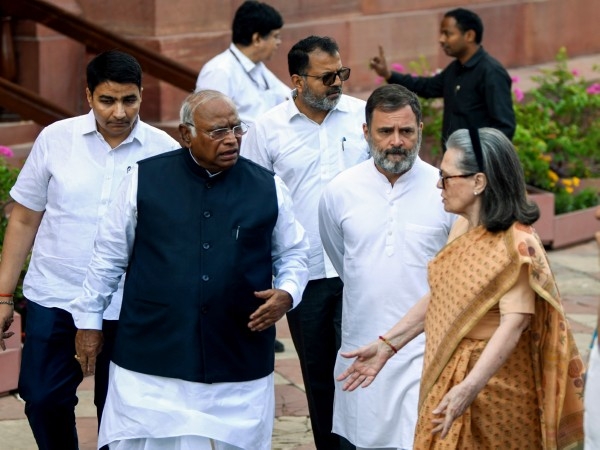Rs 98,000 crore for a toy: the Mumbai-Ahmedabad bullet train is a bad idea

The understanding
- India and Japan have signed an MoU for the development of the Mumbai-Ahmedabad bullet train
- The project is set to cost Rs 98,000 crore, largely funded by a Japanese loan
The prior attempt
- Japan had tried to strike a deal back in 2005 as well
- At the time, the PMO had rejected the proposal, because it was not a genuine infrastructural need
More in the story
- How India had got Japan to invest in the dedicated freight corridor
- Why the bullet train project is nothing but an overpriced toy
Jawed Usmani wrote this on Facebook and we are reproducing this from his Timeline.
The project is estimated to cost Rs 98,000 crore, to be funded largely by a concessional Japan International Cooperation Agency (JICA) loan.
This has been publicised as a great achievement, a highly desirable and valuable outcome of the visit of Japanese PM Shinzo Abe to India. The reality, however, is very different.
The Mumbai-Ahmedabad bullet train project is not good value for money. It is a very expensive toy, a complete mis-allocation of scarce resources, representing absolutely wrong prioritisation of objectives.
What happened 10 years ago
Japan has been pursuing the Mumbai-Ahmedabad bullet train project for a long time, as it's an opportunity to market its overpriced technology and utilise its idle high-speed train manufacturing capacity. It had pushed very hard for this project prior to the visit of Prime Minister Junichiro Koizumi to India in April 2005, and had found surprisingly willing partners in the Railway Board and the MEA.
Read- Abe visit: how Japan & India can take the partnership forward
RK Singh, the then-chairman of the Railway Board and Rajiv Sikri, secretary (East), MEA, were enthusiastic supporters of the project. However, the matter required formal clearance of the PMO before inclusion in the agenda of the foreign dignitary's visit.
I was joint secretary to the PM at that time, looking after economic sector issues, and was a key participant in meetings held in the PMO to discuss this issue. Singh and Sikri argued strongly in favour of the bullet train, essentially on the grounds that India would benefit from transfer of technology.
I opposed the concept, arguing that there are many other railway projects of higher priority and that the investment of Rs 50,000 crore (the estimated cost in 2005) on the bullet train would be a complete mis-allocation of resources.
Japan had pushed hard for this project prior to the visit of PM Junichiro Koizumi in April 2005
The issue was clinched when I asked Singh whether he would have chosen to invest Rs 50,000 crore on the bullet train if JICA loan funds were not available, and the money was to be provided from the railway budget. Surprisingly, he stated that under those circumstances, he would not choose to make the investment.
It became clear immediately that the arguments in favour of the bullet train project were not based on genuine infrastructural needs of the Indian Railways, but were driven by the fact that easy money was being provided by Japan for taking up this project.
At this stage in the meeting, Rakesh Mohan, who was the then-finance secretary, made a very helpful observation. He stated that he would not go for the bullet train project even if the Japanese provide grant assistance instead of a loan, because based on international experience, in all likelihood, the Mumbai-Ahmedabad bullet train will not meet operational costs and would need to be subsidised forever.
ODA loan for freight corridor
The Japanese push for the bullet train project did not succeed in the year 2005. The PMO did not agree to the proposal. The railways identified a much more important infrastructure project - the Dedicated Freight Corridor Project (DFCP) between Delhi and Mumbai and between Delhi and Howrah, which was posed to the Japanese as a deliverable of PM Koizumi's visit.
The MEA worked hard to achieve this outcome. Consequently, Prime Minister Koizumi made a statement during his visit to India in 2005 that the Japanese government would look into the possibility of supporting the DFCP by Japanese official development assistance (ODA) loan. The project took shape with Japan's support, and when Prime Minister Manmohan Singh made a visit to Japan in October 2008, Japanese Prime Minister Taro Aso pledged that an ODA loan would be provided for the realisation of the western corridor of the DFCP.
This subsequently became the "Delhi-Mumbai Industrial Corridor (DMIC) initiative", which is a Japanese-Indian collaborative project for comprehensive infrastructure development. This is to create India's largest industrial belt by linking the industrial parks and harbours of the six states between Delhi and Mumbai, in order to promote foreign export and direct investments.
The project is estimated to cost Rs 98,000 crore, to be funded largely by a concessional JICA loan
Under the DMIC initiative, plans are also being implemented to create industrial parks and logistics bases with well-developed infrastructures in the area 150 kilometres to either side of the western corridor.
The eastern corridor of the DFCP was later taken up with World Bank funding. A proposal forwarded by the UP government in 2013, to set up an industrial corridor along the eastern corridor on the lines of the DMIC, was also approved in principle by Manmohan Singh. Both the western and eastern corridors are now nearing completion. The DMIC is under implementation and the Eastern Industrial Corridor is under planning and design.
The loan will have to be returned
Thus, due to an appropriate decision taken by the PMO in the year 2005, India avoided being tricked into buying an overpriced toy. Instead, Japan signed on the dotted line to provide assistance for the development of railway and industrial infrastructure in accordance with India's needs and priorities.
Unfortunately, this time, we have fallen into the age-old development assistance trap. Howsoever soft its terms may be, the JICA loan has to be returned. It is a tied loan, forcing us to buy overpriced technology, for a project that services travellers between two cities only, over a track length of only 500 kilometres, out of the total railway network of more than 63,000 kilometres.
The Indian Railways have many more infrastructural needs of much higher priority. Rs 98,000 crore should not be spent in trying to shift some passengers from Mumbai-Ahmedabad flights to the Mumbai-Ahmedabad bullet train.
More in Catch:
Look Down: Singapore, Mexico & Finland are going underground to build cities
Gandhis in trouble: how do the arguments stack up in the National Herald case
Karmageddon: Google may be spying on US schoolkids
Believing in an ideology, even Maoism, is not a crime: Hem Mishra
First published: 14 December 2015, 8:10 IST




![BJP's Kapil Mishra recreates Shankar Mahadevan’s ‘Breathless’ song to highlight Delhi pollution [WATCH] BJP's Kapil Mishra recreates Shankar Mahadevan’s ‘Breathless’ song to highlight Delhi pollution [WATCH]](https://images.catchnews.com/upload/2022/11/03/kapil-mishra_240884_300x172.png)

![Anupam Kher shares pictures of his toned body on 67th birthday [MUST SEE] Anupam Kher shares pictures of his toned body on 67th birthday [MUST SEE]](https://images.catchnews.com/upload/2022/03/07/Anupam_kher_231145_300x172.jpg)


